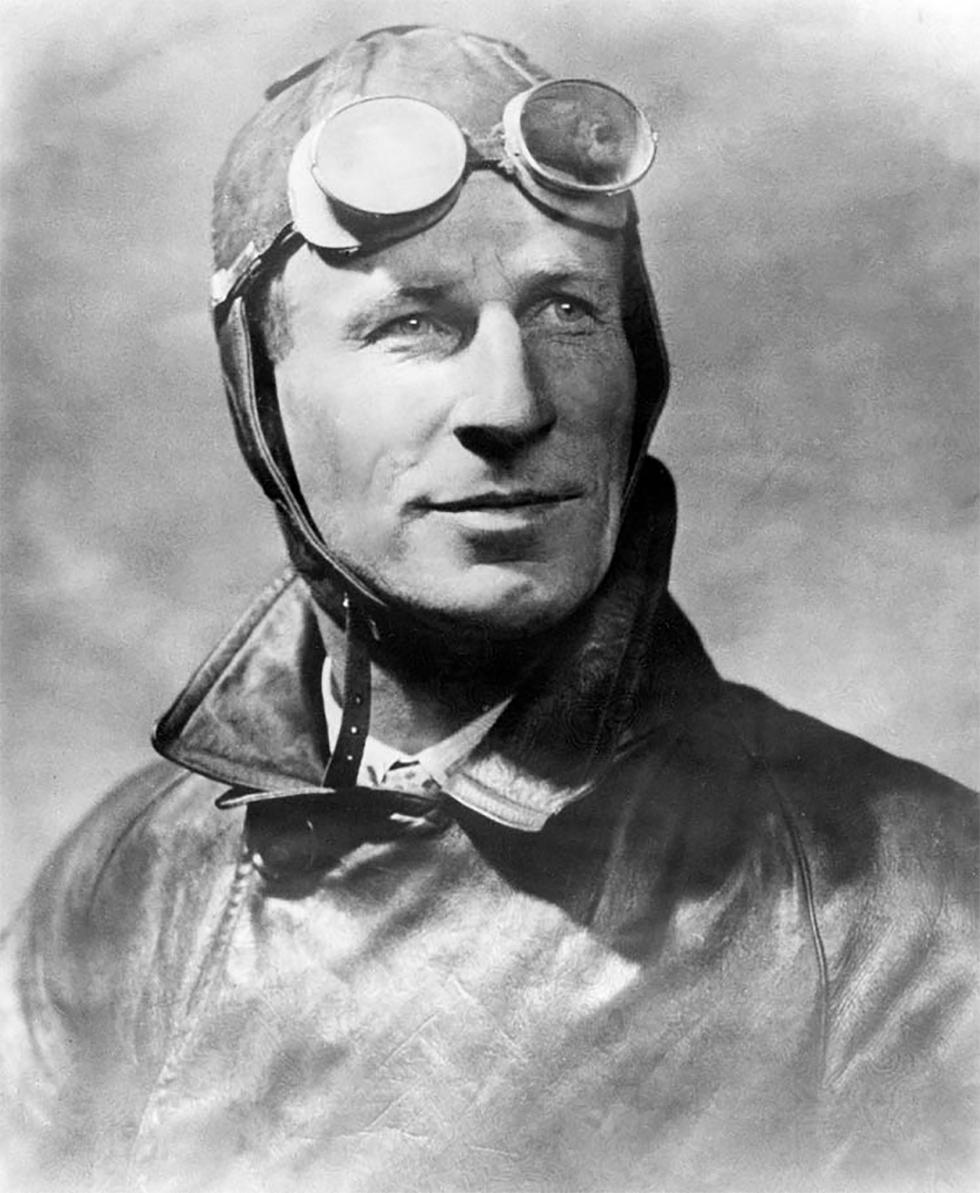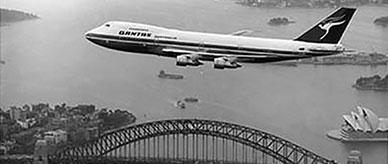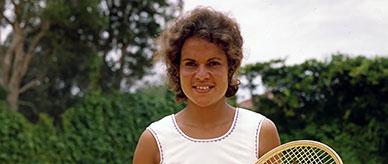


About this record
This black-and-white photograph shows the pioneering Australian aviator, Sir Charles Kingsford Smith. It is cropped from a larger photograph showing him standing and wearing a full-length leather coat. The image presents a lean Kingsford Smith wearing the trademark uniform of an aviator – coat, flying cap and goggles. He adopts a strong pose, staring with purpose into the distance, with a background of clouds.
Educational value
- Charles Kingsford Smith (1897–1935), affectionately known as 'Smithy', was an aviator who pioneered more long-distance routes than any other pilot. A decorated fighter pilot in World War I, Smithy was passionate about flying and his record-breaking flights captured the public imagination. However, aviation was often hazardous and in 1935 Smithy and his co-pilot, JT Pethybridge, disappeared while on a flight from England to Australia.
- Kingsford Smith was one of a number of celebrated Australian pioneer aviators (others included Bert Hinkler, Keith and Ross Smith and Charles Ulm) whose record-breaking long-distance flights assisted the development of commercial aviation. The predominance of Australians in the early days of aviation reflected Australia’s geographic isolation from Europe and the United States and the determination of these ambitious aviators to overcome this 'tyranny of distance'.
- By 1934, Kingsford Smith's prowess as a long-distance pilot enabled him to prove that aviation was the way of the future. In 1921, he had become a salaried pilot for Western Australian Airways, was subsequently promoted to chief pilot, and opened the way for airmail and supply services around the country. His own airline, Australian National Airways, began operating in 1930.
- In 1928, Kingsford Smith was welcomed home to Australia as a hero after the world's first successful trans-Pacific flight, which was completed in an open cockpit in bad weather. He had had to travel to the United States to purchase the first aircraft to be used on this flight, the Southern Cross. In Sydney he and his crew were greeted by 300,000 people all wanting a glimpse of the courageous pilot and crew.
- Kingsford Smith's passion for flying developed at an early age and was forged through his impressive war record. During World War I he served with the Australian military forces in Egypt and Gallipoli. He was chosen to join Britain's Royal Flying Corps and served as a fighter pilot in France, where he was shot down and wounded. In 1917 at only 20 years of age Kingsford Smith was awarded the Military Cross, and in 1932 he was awarded a knighthood for his services to aviation.
- The iconic photograph shows Kingsford Smith in a classic aviator pose and connects him to his profession and to his great passion for flying. The image is frequently used to depict him as an aviation hero. His contribution to Australian aviation is also recognised through the inclusion of his portrait on the old paper Australian $20 note, the naming of the Kingsford Smith Airport in Sydney and the display of his aircraft, Southern Cross, at Brisbane International Airport. His biography, My Flying Life, was prepared from his diaries and papers and published posthumously.
Acknowledgments
Learning resource text © Education Services Australia Limited and the National Archives of Australia 2010.
Related themes
Need help with your research?
Learn how to interpret primary sources, use our collection and more.


